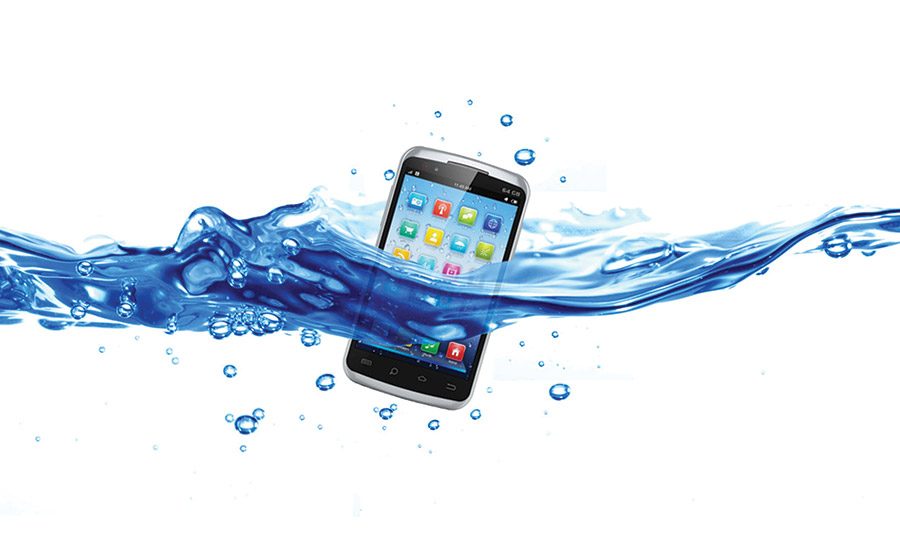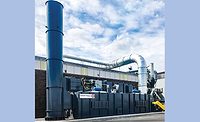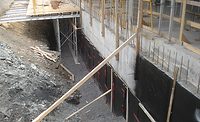Focus On
Keeping the Water out
A new surface treatment can make a variety of electronic surfaces waterproof.




International Data Corp. (IDC) discovered more than 900,00 smartphones are damaged by liquids every day globally.1 IDC’s research has found that liquid damage is the second-largest cause of damaged smartphones after broken screens, representing 35% of all devices repaired. This damage results in significant costs to the end users, device manufacturers, carriers and retailers, with the impact of liquid damage estimated to be worth nearly $100 billion each year. IDC cites that, by 2020, more than 1.7 billion smartphones will be shipped at a market value of $398 billion, with the problem of liquid damage only becoming more widespread if it is not addressed.
However, early attempts to make smartphones waterproof have had limited success, as many of the phones are in fact only water-resistant and thus only protected against incidental splashes of water. More recent attempts to use physical devices such as gaskets and silicone are not only costly and take up a lot of precious real estate, but are also prone to fatigue and failure over time.
The global smartphone market is a good example of the need for waterproofing electronics. The global business model market for smartphones is changing such that the device manufacturers are increasingly bearing the cost of this water damage as they are going direct to the consumer rather than through the carrier. As a result, many OEMs are looking to reduce the cost of water damage by protecting their phones. Indeed, IDC found that water-resistant smartphones are one of the fastest-growing segments of the market.
To address these issues, Aculon Inc. recently released NanoProof 8 series, a next-generation PCB waterproofing technology. The surface treatment is capable of imparting hydrophobicity to a variety of surfaces in a one-step process. The NanoProof series is designed for a variety of applications, such as smartphones, wearables including smartwatches and sensors, Internet of
Things (IoT) devices, laptops and other electronics, that need to be protected from water. The NanoProof 8 formulation is also available in a syringe option called NanoProof 8 DAB. This product uses the same formula but is designed for syringe application to impart waterproofing with the same one-step process to a variety of components, such as connectors, a dab at a time.
Applying the Material
Aculon dispenses NanoProof 8 onto the printed circuit boards (PCBs) to deliver an IPX-7 rating, meaning it can sustain submersion in water for 30 min at a depth of 1 m. In addition, the NanoProof series offers Push Through Connectivity™, which allows connection to the board after it has been treated, thereby providing assembly flexibility currently not found with other technologies. NanoProof 8 products are available with several different solvent options, as well as in various active concentrations to allow processing options and flexibility at contract manufacturers.
“Waterproofing devices is moving rapidly from a ‘desired feature’ to a ‘standard feature’ as the cost of failure is increasingly being borne by device manufacturers,” said Edward Hughes, Aculon chairman and CEO. “There are several methods to achieve waterproofing, but what differentiates Aculon’s 8 technology is the ability to meet IPX-7+ standards in an easy-to-apply manner and to allow for push-through connectivity post treatment.”
Given the increase of liquid damages and high cost of smartphones, there is a growing business to repair water-damaged phones. Once a phone has been disassembled and the defective component replaced, the NanoProof DAB can be used to protect that component or, if needed, the whole circuit board and restore its waterproofing status.
Rework Applications
In addition to water damage repair, NanoProof DAB application can be used by assemblers to treat connectors and during rework. One method of waterproofing phones is a plasma deposition treatment. However, during this process, the PCB must stay connected to various components, including the display. These connectors are masked during the plasma deposition process; once the masks are removed, NanoProof DAB can be used to spot-treat the top and sides of the connector, thereby waterproofing those connectors.
In the electronics assembly industry, the first pass yield for mobile devices is less than 100%, causing rework. During the inspection and test process, faulty components are identified and replaced. If the phone has already been treated with a waterproofing technology, the assembler needs to be able to spot-treat the replaced items without having to send the phone back through the entire waterproofing process. Coating all areas twice with waterproofing deposition can cause issues for some components in the device. The assembler can spot-treat the new components using the NanoProof DAB, allowing the device to pass the testing process.
“There is a lot of room for failure when PCBs or electronic components are not sealed properly,” Hughes said. “What makes the Aculon NanoProof 8 DAB unique is its ability to treat individual components rather than the whole board, which hasn’t been available before.” ASI
For more information, phone (858) 350-9499 or visit www.aculon.com.
Reference
1. Jeronimo, Francisco, “A Problem with Mobile Phones that Is No Longer Acceptable,” IDC blog, http://blog-idcuk.com/a-problem-with-mobile-phones-that-is-no-longer-acceptable-part-i/.
Looking for a reprint of this article?
From high-res PDFs to custom plaques, order your copy today!









